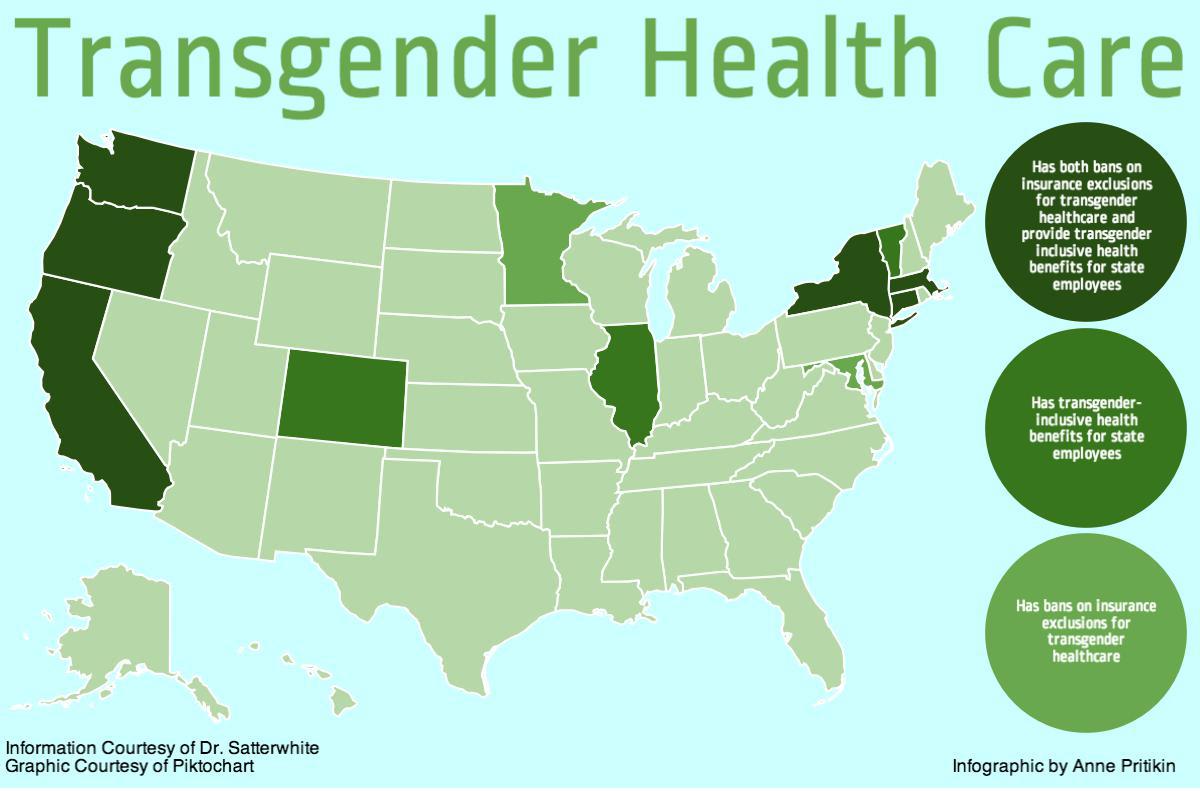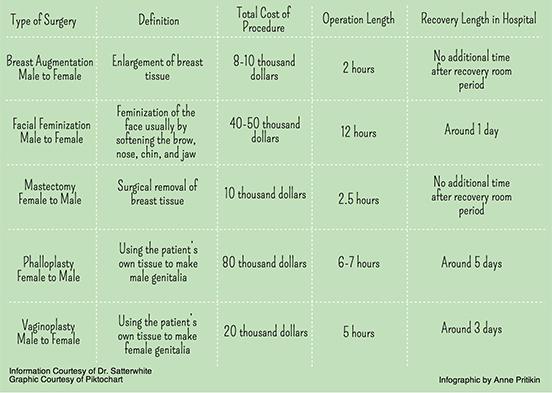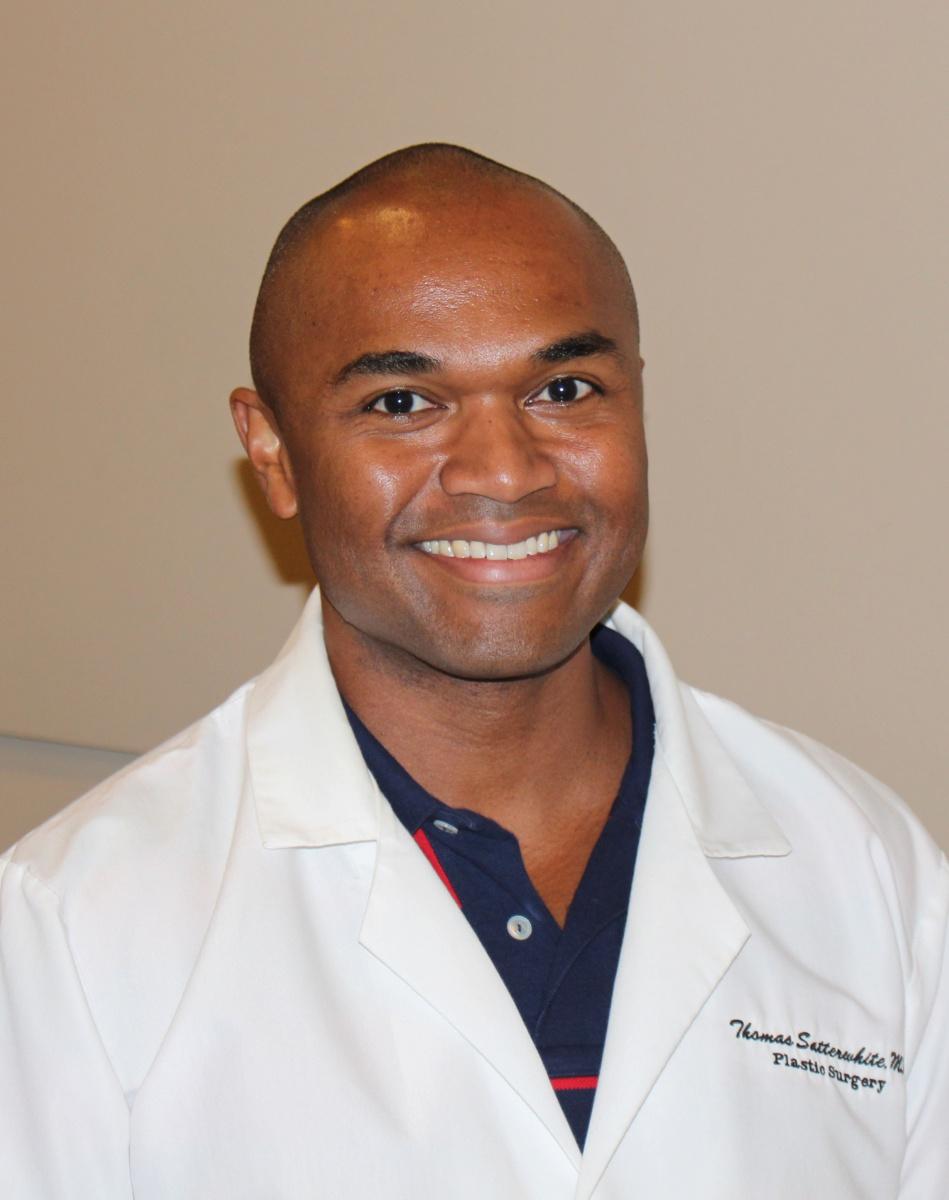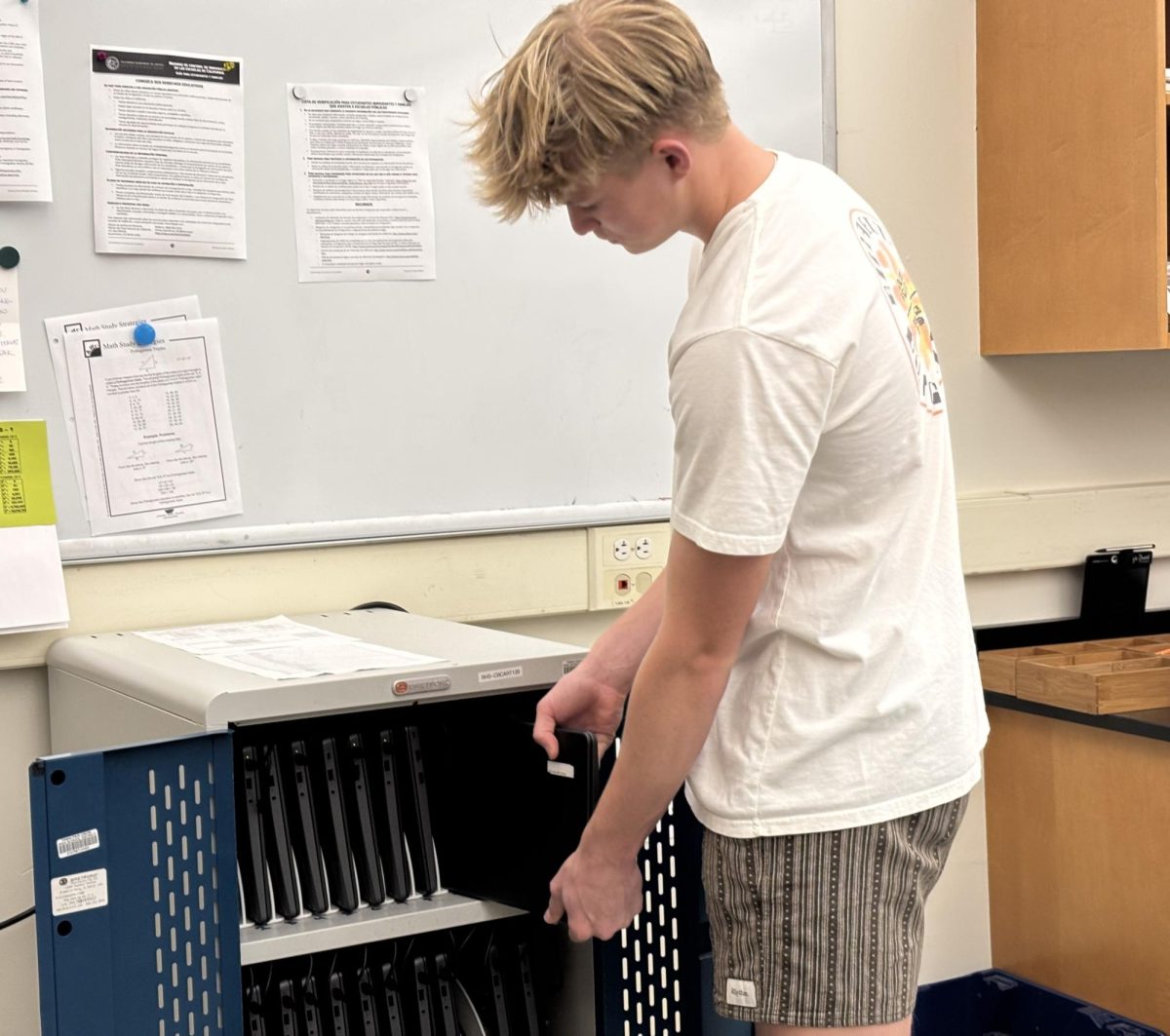The Marin General Hospital began providing gender confirmation surgeries in September, becoming the first and only major hospital in the North Bay to make these operations available to transgender patients.
The operations, also known as gender reassignment surgeries, are life-changing and lifesaving for many patients, according to Dr. Thomas Satterwhite, who performs gender confirmation procedures at Marin General Hospital in Larkspur and California Pacific Medical Center (CPMC) in San Francisco. He is one of three physicians at Marin General Hospital who perform the surgeries.

According to Satterwhite, the majority of transgender patients who seek surgery were suicidal at some point in their past; 41 percent of transgender individuals have attempted suicide at least once in their lifetime, as stated by the American Foundation for Suicide Prevention. Depression, anxiety, and drug abuse have also affected many transgender patients’ lives in some way, Satterwhite said.
“The majority of my patients who come here have a huge degree of gender dysphoria. They’re very, very unhappy because there is a part of the anatomy that’s there that shouldn’t be there and they want it off or changed in some way,” Satterwhite said.
Gender dysphoria is defined as the distress one feels due to the mismatch between their biological sex and their gender identity, according to the American Psychiatric Association.
Evidence of the clinical effectiveness and success of gender confirmation surgeries as a treatment for gender dysphoria is one of the main reasons some states and some insurance companies cover the costs of procedures, Satterwhite said.
“The moment after the operation is over, whatever the operation is, when they’re in the recovery room, this huge weight has been lifted,” Satterwhite said. “Without fail, they’re all happy. Their gender dysphoria is gone.”
The gender confirmation operations available at Marin General include vaginoplasties, mastectomies, phalloplasties, breast augmentations, and facial feminization procedures that range from $8,000 to $80,000.
A vaginoplasty, a male to female operation, involves using the patient’s own tissue to create female genitalia. One part of the surgery involves removal of the testicles to stop testosterone production and repositioning of the urethra, according to Satterwhite.
“I take tissue from the tip of the penis, called the glans, and I make sure the nerves are still attached to it. Then I make a clitoris and place it on the pelvis in the correct anatomic location,” Satterwhite said. “The other part of the operation is making the vaginal canal itself. I open up a space in the pelvis and use skin from the shaft of the penis to line the opening of the vagina and skin from the scrotum to line the deeper part of the vagina.”

Previously these surgeries had been cost-prohibitive for many patients. However, with the advent of broadened insurance coverage under California’s Insurance Non-Discrimination Act of 2006, the gender confirmation procedures have become more accessible because the cost is less of a roadblock.
“The vast majority of my patients have been living as their desired gender for years. They’ve been accepted by the community, by their workplace, by their family. By the time they come here, I’m the last stop in this process and we’re getting this huge influx of patients because they now have insurance,” Satterwhite said.

California is one of 11 states that provide insurance for gender confirmation surgeries. All California-based insurance companies must provide care for transgender patients because of the 2006 law, according to Satterwhite.
Nonetheless, the surgeries are only available in specific geographical areas because of the limited number of surgeons who specialize in the procedures. Satterwhite said that Northern California is a national pioneer in transgender health care, as multiple hospitals perform gender confirmation surgeries in the region.
“It’s a wonderful thing that Marin General is finally sponsoring and performing gender reassignment surgeries,” said Matthew Moser, president of Redwood’s Gay Transgender Straight Alliance club. “We live right next to San Francisco, which is a milestone area for the LGBTQ community and so it’s nice to know that areas surrounding it are trying to become more open to the idea that gender identity isn’t just a black or white thing and that gender identity is complex.”
Satterwhite performed the first gender confirmation surgery at Marin General Hospital in September and expects to perform many more. He is booked for gender confirmation surgeries six months in advance at CPMC. In the past 14 months, Satterwhite has performed approximately 80 vaginoplasties, 200 mastectomies, 15 facial feminization procedures, and 30 breast augmentations.

Prior to receiving surgery, all prospective patients are required to meet certain criteria, Satterwhite said. They must obtain two recommendation letters from mental health therapists, have lived and presented themselves as the gender with which they identify as for at least 12 months, and have taken hormones for 12 months. In most cases, patients must be at least 18 years old and Satterwhite will not perform any genital-related surgeries on a patient younger than 18.
Despite the fact that 20 percent of Redwood students do not believe a transgender woman is a “real” woman, according to an October 2015 Bark survey, Satterwhite thinks otherwise.
“You can imagine that someone has a biological sex of male, but their identity is female. The way that I see it, is that they were born as a woman, but happened to have a birth defect, which was [male genitalia]. It’s not that their gender is changing, it’s that their body is being realigned to their true gender,” Satterwhite said.
Satterwhite was inspired to pursue the specialized expertise necessary to perform these surgeries due to the mentors he met during his training at Stanford University and his personal experiences.
“I can certainly relate to the underdog and the underserved, and I think I’ve always wanted to work with the underserved community. The transgender community always happened to be that way and hopefully at some point in the future it won’t,” Satterwhite said.
For more information about the transgender community at Redwood, see Transgender Teenagers: Breaking the Boundaries of Binary.










